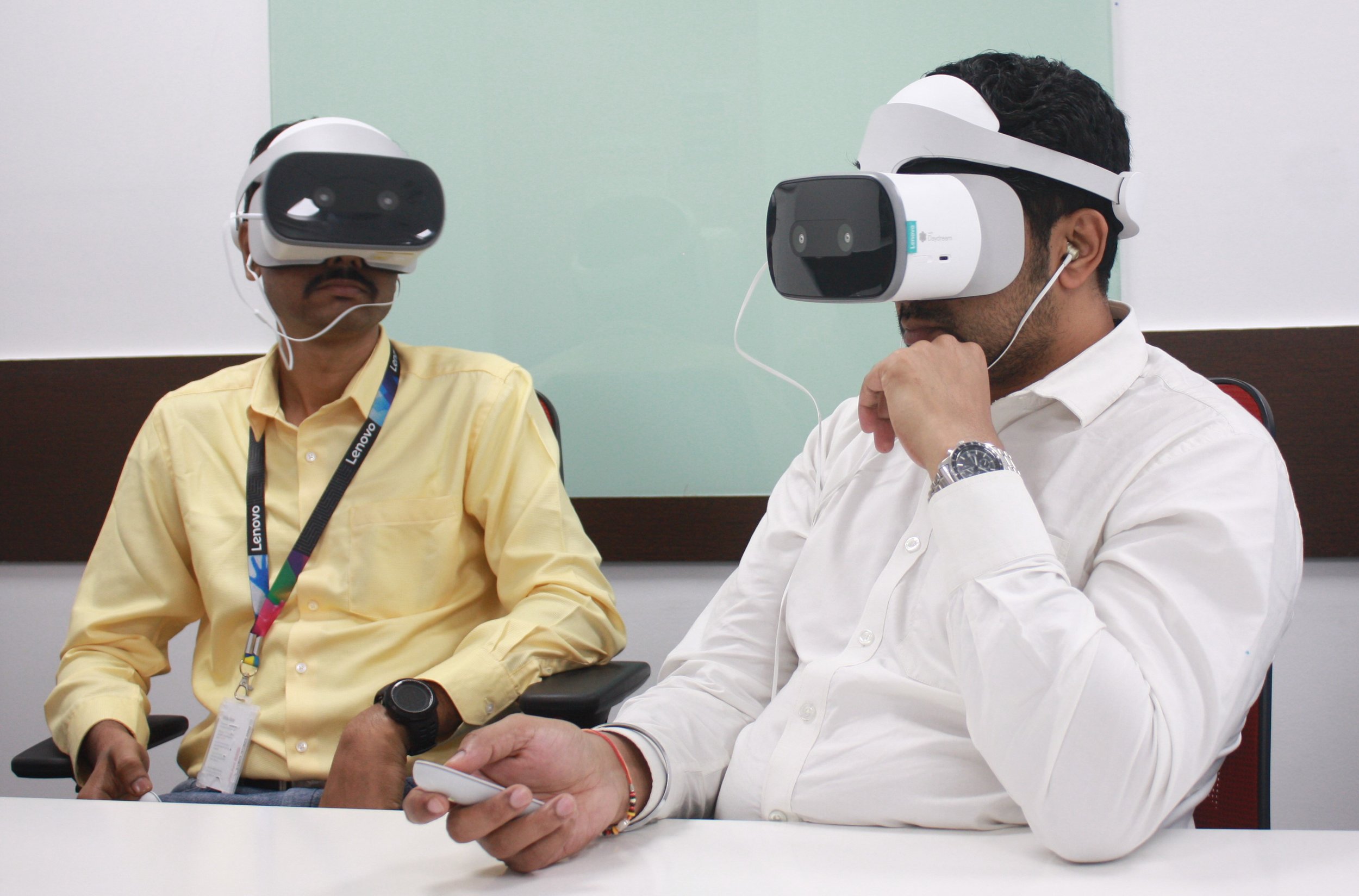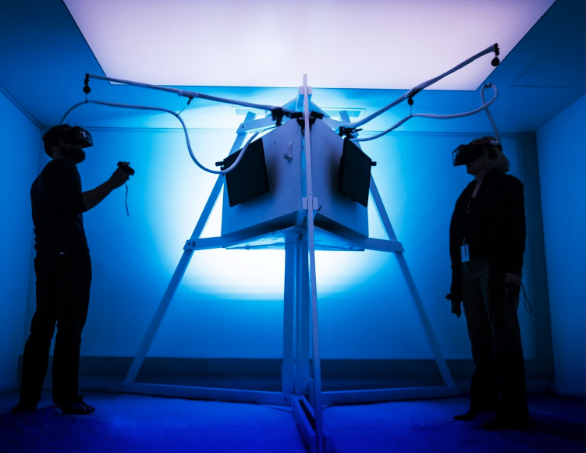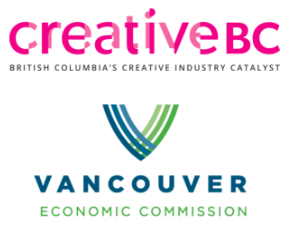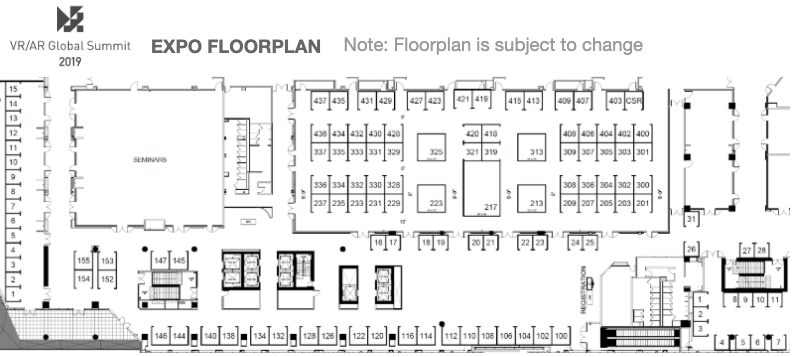Dr. Hudson is currently the Human Performance Lead for Simulation and Training for the US Army Futures Command, Combat Capabilities Development Command (CCDC) Soldier Center located in Orlando. One of the missions of the CCDC is to identify how use of VR/AR technologies can be used to improve how to improve training and soldier effectives. Dr. Hudson specializes in Human Performance Training via Physiological Attributes such as heart rate, eye-tracking, and blood-flow.
According to Dr. Hudson "Immersive technologies are changing the way we work, learn and play and the US Army is at the forefront of pushing VR/AR technologies. We are looking to leverage the global ecosystem that the VRARA has created to identify various technologies and applications that can better help the warfighter perform his/her mission. It is my honor and a privilege to be part of this global organization and contributing to helping promote collaboration and networking through the VRARA." Having been a Government Civilian Engineer for over 25 years in Orlando and a Nationally recognized Basketball Coach/Trainer with over 25 years of experience, "DrCoach" Hudson has used both avenues to promote the AR/VR technologies via STEM and Athletics.
Central Florida is the recognized global epicenter for the modeling and simulation industry and the US Army, Navy, Air Force and Marines have various technology and procurement agencies co-located at the University of Central Florida Research Park and partner with UCF and the National Center for Simulation in a program called "Team Orlando". Over $6B per year of contracts in the area of simulation and training are awarded to commercial companies through Team Orlando.
For more information about how to get connected to the VRARA Central Florida Chapter and the member organizations please contact John Cunningham at orlando@thevrara.com




























